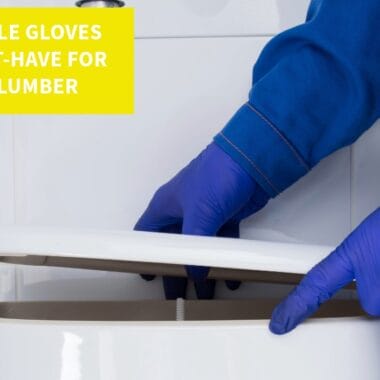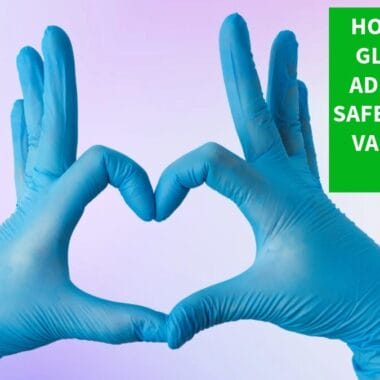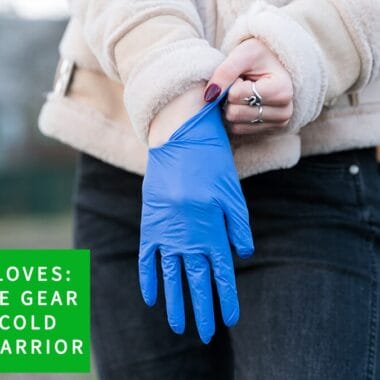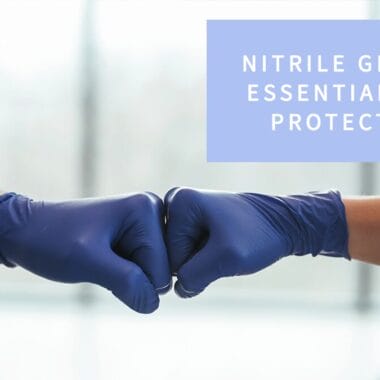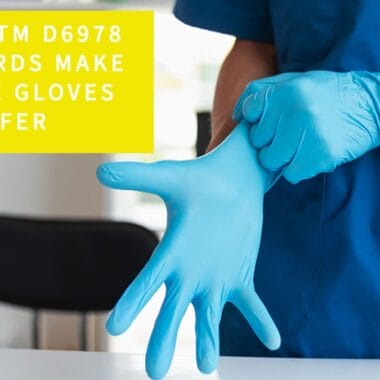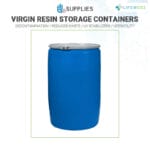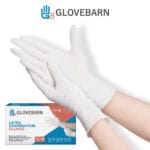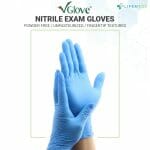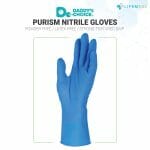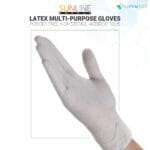What are PPE Kits?
A PPE kit (Personal Protective Equipment kit) is a collection of protective gear designed to safeguard individuals from exposure to hazardous substances, infectious agents, or physical dangers in a variety of settings, including healthcare, industrial, and public environments. PPE kits are essential for preventing the transmission of infectious diseases, ensuring hygiene, and protecting workers from risks such as chemicals, bodily fluids, and airborne pathogens. PPE kits typically include items like masks, gloves, face shields, gowns, and other protective equipment.
Components of a PPE Kit
The specific contents of a PPE kit can vary depending on the intended use, but they typically include the following items:
- Face Masks: Masks are a standard component of PPE kits, providing protection against airborne particles, droplets, and infectious agents. Common types include surgical masks, N95 respirators, and KN95 masks.
- Gloves: Disposable gloves, often made of latex, nitrile, or vinyl, are included in PPE kits to protect the hands from contamination and harmful substances. They are widely used in healthcare, food handling, and industrial environments.
- Gowns or Coveralls: Protective gowns or coveralls are designed to cover the body, preventing exposure to infectious agents, chemicals, or other hazardous materials. These garments are typically fluid-resistant or fluid-proof.
- Face Shields or Goggles: Eye protection is essential in environments where there is a risk of splashes or sprays. Face shields and goggles protect the eyes and face from droplets, chemicals, and other hazards.
- Shoe Covers: Shoe covers are included in many PPE kits to prevent contamination from floors or hazardous materials. These disposable covers help maintain hygiene in sterile environments such as hospitals or laboratories.
- Head Covers: Head covers, also known as bouffant caps, are used to prevent hair from coming into contact with hazardous materials or sterile environments, ensuring better hygiene.
Uses of PPE Kits
PPE kits are used in various industries and settings where exposure to hazardous materials or infectious agents is a concern:
- Healthcare Settings: PPE kits are critical in hospitals, clinics, and care facilities to protect healthcare workers from exposure to infectious diseases, such as COVID-19, influenza, and tuberculosis. They are also used during surgeries and other medical procedures to maintain a sterile environment.
- Industrial and Manufacturing: In industrial environments, PPE kits are used to protect workers from exposure to chemicals, dust, and other hazardous materials. This is particularly important in industries like chemical manufacturing, construction, and mining, where the risk of exposure to harmful substances is high.
- Public Health and Emergency Response: PPE kits are essential for first responders, public health workers, and emergency personnel who may come into contact with hazardous environments or infectious individuals. These kits help prevent the spread of diseases in emergency situations, such as natural disasters or pandemics.
- Food Service and Laboratories: In food handling and laboratory settings, PPE kits ensure hygiene by preventing contamination of food products and samples. Gloves, face masks, and gowns are common components of these kits to protect both workers and products.
- General Public Use: During outbreaks of infectious diseases, PPE kits are used by the general public to minimize the risk of transmission. This was especially prominent during the COVID-19 pandemic, where PPE kits became standard in many workplaces, schools, and public spaces.
Importance of PPE Kits in Infection Control
PPE kits play a crucial role in infection control by providing comprehensive protection against the spread of pathogens. In healthcare settings, these kits are used to create barriers between healthcare workers and infectious agents, reducing the risk of transmission from patient to worker or between patients. During pandemics, PPE kits help slow the spread of diseases by ensuring that workers and the public are protected from viral exposure.
In industrial settings, PPE kits also protect workers from chemical burns, respiratory issues, and physical injuries caused by hazardous materials, making them a critical component of workplace safety.
Key Benefits of PPE Kits
- Comprehensive Protection: PPE kits provide full-body protection, covering critical areas like the mouth, eyes, hands, and skin, reducing the risk of exposure to hazardous substances or infectious agents.
- Convenience and Accessibility: PPE kits are pre-assembled and ready for immediate use, making them convenient for healthcare facilities, industrial environments, and public spaces. They ensure that all necessary protective gear is readily available in one package.
- Cost-Effectiveness: By purchasing PPE in a kit format, organizations can ensure that their workers are fully equipped with essential protective items, often at a lower cost than purchasing each item separately.
- Compliance with Safety Standards: PPE kits are designed to meet industry-specific safety standards, ensuring that workers are adequately protected while performing tasks in hazardous environments.
Proper Use of PPE Kits
To ensure the effectiveness of PPE kits, it’s important to follow proper protocols for donning (putting on) and doffing (taking off) PPE:
- Donning: Before putting on PPE, individuals should wash or sanitize their hands. PPE should be donned in the following order: gown or coveralls, mask, goggles or face shield, and gloves. Ensure a proper fit for all equipment, especially masks and goggles, to prevent gaps.
- Doffing: To avoid contamination, remove PPE carefully in the following order: gloves, goggles or face shield, gown, and mask. Dispose of or disinfect PPE according to guidelines, and always wash hands after removing equipment.
Conclusion
PPE kits are an essential component of personal safety in healthcare, industrial, and public settings. They provide comprehensive protection against infectious agents and hazardous materials, ensuring that workers, healthcare providers, and the public remain safe in high-risk environments. By offering a convenient and effective solution for infection control and hazard protection, PPE kits are a critical tool for maintaining safety and hygiene.
« Back to Glossary Index

